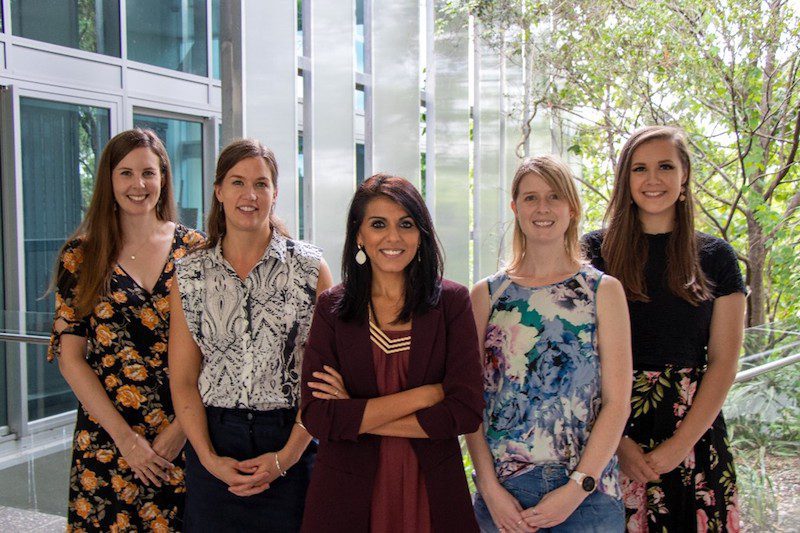A new research group at The University of Queensland’s Sustainable Minerals Institute has developed a set of geometallurgical toolkits to improve the management of waste in the mining industry.
The Mine Waste Transformation through Characterisation (MIWATCH) Group based at SMI’s WH Bryan Mining and Geology Research Centre use chemical, mineralogical, mineral chemistry, physical, and metallurgical testing tools to determine the properties of mine waste and assess how it should be best managed to reduce environmental risks.

Group leader Dr Anita Parbhakar-Fox said the group has developed integrated toolkits for use at the start of a mining project and also where mine waste already exists.
RCF Jolimont supports Phibion to expand tailings dewatering technology
Rio Tinto finds critical mineral hiding in the desert
“The difference with this research is that for new mining projects we are able to understand the geoenvironmental anatomy of a future deposit in more detail using a combination of established industry tools and new technologies,” Dr Parbhakar-Fox said.
“For existing waste, our approach enables us to identify reuse options based on measured waste properties, for example the extraction of critical metals for new technologies.
“We seek to fundamentally understand the mineralogical properties and evaluate the heterogeneity of the existing or future waste.
“Through this process we can deliver to industry new information to help them reduce future environmental liabilities and transform mine waste into something usable.”
The MIWATCH group has several major projects in progress including a 4-year project funded by the Queensland State Government that is focussed on secondary prospectivity in the State’s mine waste.
“We have already characterised 15 sites across the State as part of our ‘first pass’ characterisation program and have plans to start drilling a site for more detailed sampling and analysis at another later this year.
“Another three major projects are about to come online concentrating on secondary prospectivity more broadly across Australia, so the team are certainly getting out to the field for mine waste mapping and sampling.
“Our other research theme is focused on the early geometallurgical characterisation of future mine waste and we have projects underway to deliver new methods by which to use early exploration phase data to forecast geoenvironmental properties of future waste materials,” Dr Parbhakar-Fox said.
The MIWATCH group members come from a range of mining-related disciplines, including exploration geology, geochemistry and hydrogeology.
“The main driver when assimilating the group was to identify scientists with a deep passion for continued environmental improvement in the mining sector.
“And we are not working on this challenge in isolation; we have strong collaborative links across SMI and UQ which helps us deliver the most effective outcomes and solutions for the industry.”
Read more Mining Safety News























